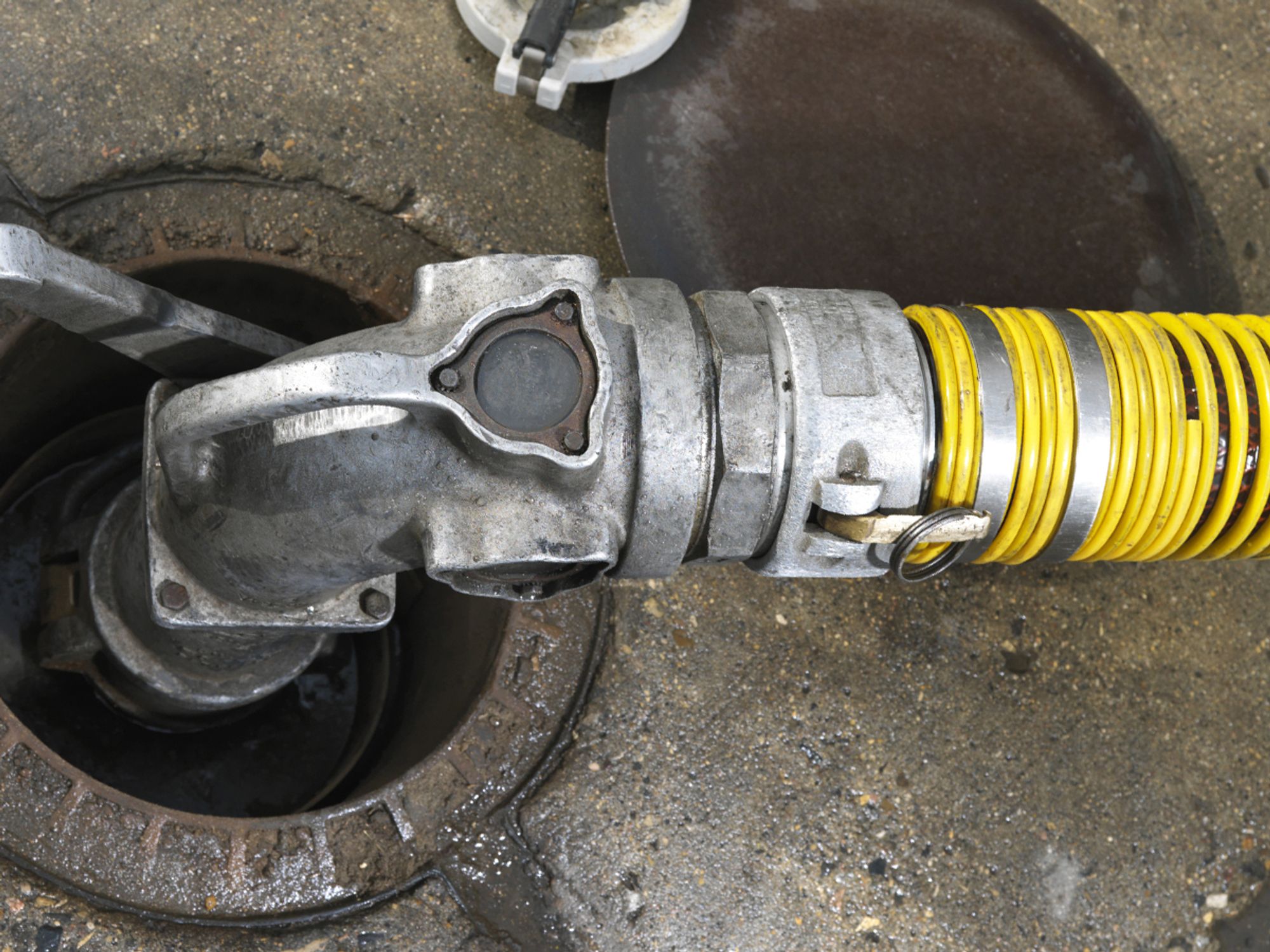Preventing releases from USTs

- Many releases at UST sites come from spills.
- UST regulations require owners and operators to meet certain correct filling practices.
The Environmental Protection Agency (EPA) designed part of the technical regulations for underground storage tanks (USTs) to prevent releases from USTs. The regulations require USTs to be protected from spills, overfills, and corrosion, and to follow correct filling practices.
Correct filling practices
Many releases at UST sites come from spills; spills often occur at the fill pipe when the delivery truck’s hose is disconnected. Although these spills are usually small, repeated small releases can cause big environmental problems. Human error causes most spills; these mistakes can be avoided by following standard tank filling practices. The UST regulations require owners and operators to meet the following correct filling practices:
- Ensure the volume available in the tank is greater than the volume of regulated substance to be transferred to the tank before the transfer is made; and
- Ensure the transfer operation is monitored continuously.
The regulations refer to the transfer procedures described in National Fire Protection Association Standard 385, “Standard for Tank Vehicles for Flammable and Combustible Liquids” or American Petroleum Institute Recommended Practice 1007, “Loading and Unloading of MC 306/DOT 406 Cargo Tank Motor Vehicles.” Further guidance on spill and overfill prevention appears in American Petroleum Institute Recommended Practice 1621, “Bulk Liquid Stock Control at Retail Outlets.”
